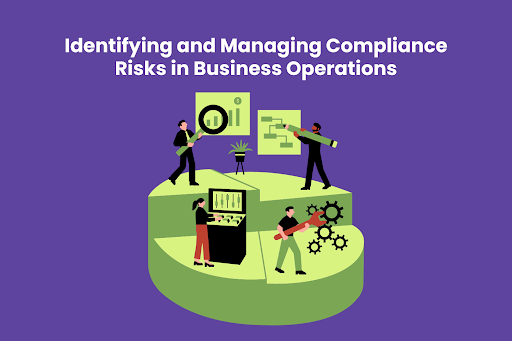
Credit card use is on the rise in India. Although credit card penetration has been slow, it is worth noting that people are changing their views about purchasing goods. The common and popular way that people view credit cards is in terms of the ease of purchase, making products more affordable for many Indians. Thus, credit cards go a long way in improving and enhancing the lifestyle of many Indians. Consumers may be excited to use their plastic cards, but with credit card use, responsibility has to go hand in hand.
Hence, if you wish to get a new credit card or are already using one, you must learn different aspects that pertain to a credit card, and different terms of credit card usage. For instance, not only should you know about billing cycles and credit limits, but you must be knowledgeable about how to read your credit card statement. This is essentially your credit card bill. Specific terms like the due date, grace period and minimum amount due in a credit card matter, so you can use your card wisely. Additionally, you should also know how and when to make bill payments, so that you do not find yourself in a debt trap.
What Matters in Credit Card Usage
The use of credit cards is on the rise in India because of interest-free credit periods of around 45 days, the convenience of contactless transactions, security in payment, rewards, cashback offers and other perks. However, credit cards may have a negative side if you do not use them prudently. Of course, this adverse face of a credit card is mainly due to the user, and not the card in and of itself.
For instance, if users are not aware of the terms of use and related credit card aspects, issues may crop up. If you pass the ‘due date’ for payment of your bill, you may incur penalties and your balance will be carried to the subsequent billing cycle. So, you have to know the terms related to your credit card apply and make your life easy’ may be a tagline of several card issuers, but the word ‘easy’ comes with the fact that users should know how to use a credit card well, where its benefits lie, and how to avoid unnecessary extra charges.
What is the minimum amount due in a credit card?
The Reserve Bank of India recently reported that the number of outstanding credit cards was around four and a half crores in December of 2018. This means that, not only do people have a habit of overspending on credit cards, but they also probably only pay the minimum amount due shown on their statements. When you have to settle your credit card bill (the statement), credit cards offer users the option to pay only a minimum amount due. This is a mere percentage of the total amount due on your credit card statement, required to be paid by a credit card user on or before the due date of the payment on your card. This amount only helps you to avoid late fees and keeps the card active.
Minimum Amount Due Payment
The minimum amount due payment is an amount that is calculated as approximately 5% of your total credit card bill. Most cardholders believe that paying this amount ensures no penalties. However, there is a limit to which you can only pay this amount, and your outstanding balances (the majority amount on your credit card bills) will accumulate and result in a huge debt for you ultimately. You can use credit cards like the Bajaj Finserv RBL Bank SuperCard to your advantage only if you pay the full amount stipulated on your credit card statement.
If you’re looking for an excellent credit card, you should take a closer look at the Bajaj Finserv RBL Bank SuperCard. You get four functions in a single payment tool with this credit card. Apply for it through an easy online process and use it as a card for loans, ATM withdrawals, EMI payments and as a superior credit card.

Your go-to source for the latest in tech, finance, health, and entertainment, with a knack for distilling complex topics into accessible insights, We deliver timely updates on the ever-evolving landscapes of technology, finance, health, and entertainment








